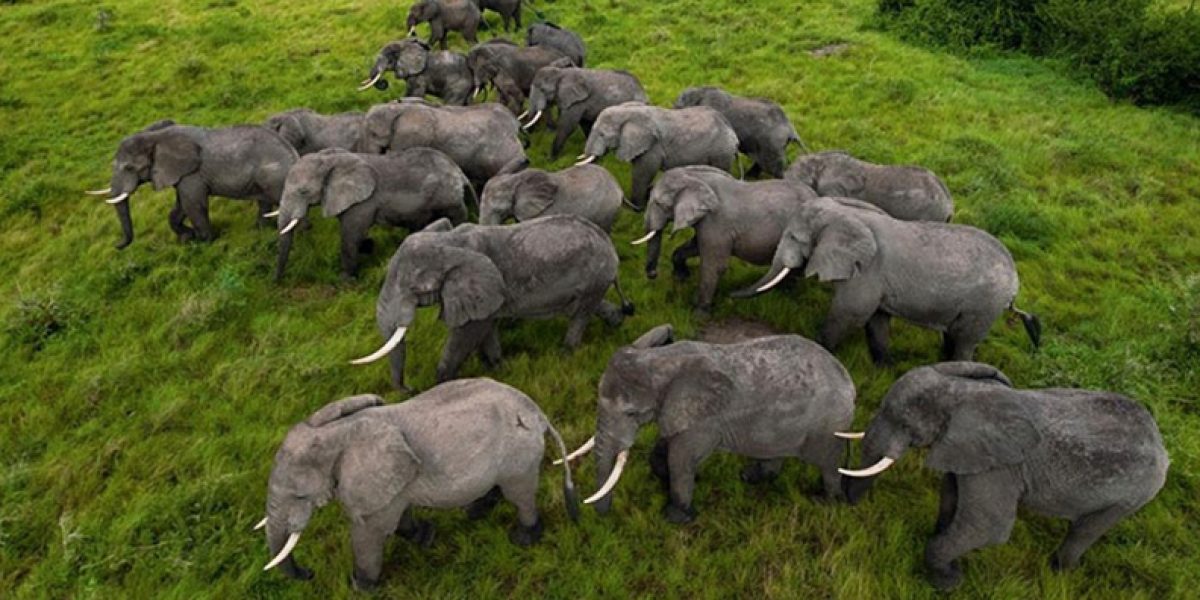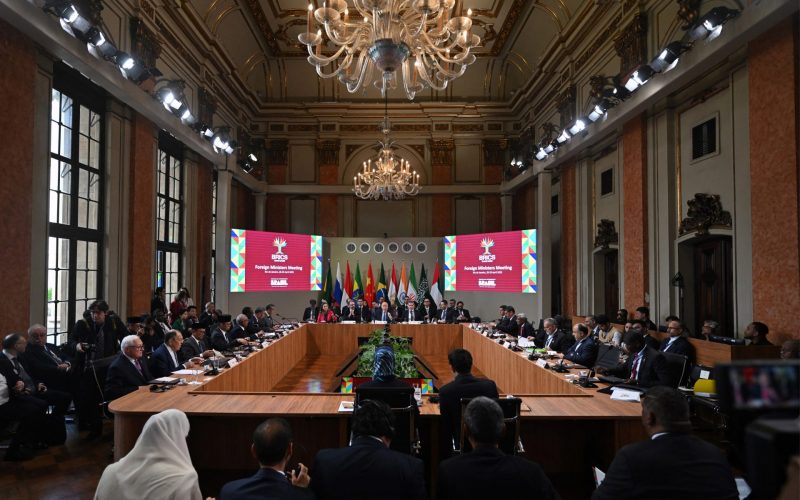Understanding those values and how they interact with each other will be critical to successful implementation. Values act as arbitrators of meaning, sources of interests and – when collectively framed as regulatory norms regimes – the basis of compliance for local communities. This paper addresses how policymakers can optimally ensure that such international norms, decided at multilateral forums such as CITES, gain traction at the local level, where it really matters. Local values associated with elephants and ivory differ widely from place to place. At the coalface of supply and demand are often competing and mutually exclusive value sets. For instance, consumers of ivory may attach status significance to owning a rare piece. On the other end of the spectrum, communities living with elephants may view those elephants as an extension of their identity. These value sets are differentiated across levels of authority and from one region to the next. International and domestic ivory trade prohibitions that do not take this complexity into account may therefore inadvertently produce adverse reactions in local contexts. These dynamics are crucial to understand if international norms are to be locally effective, both on the supply and demand sides of the equation.
Click here to read all of our conservation and ivory related material








